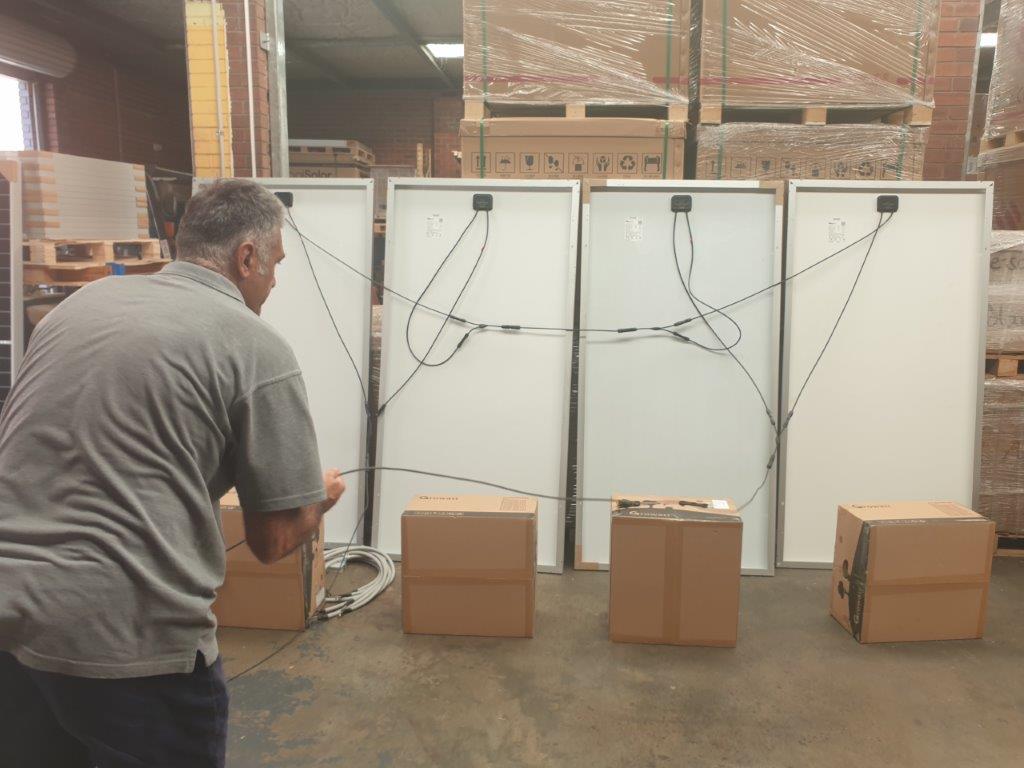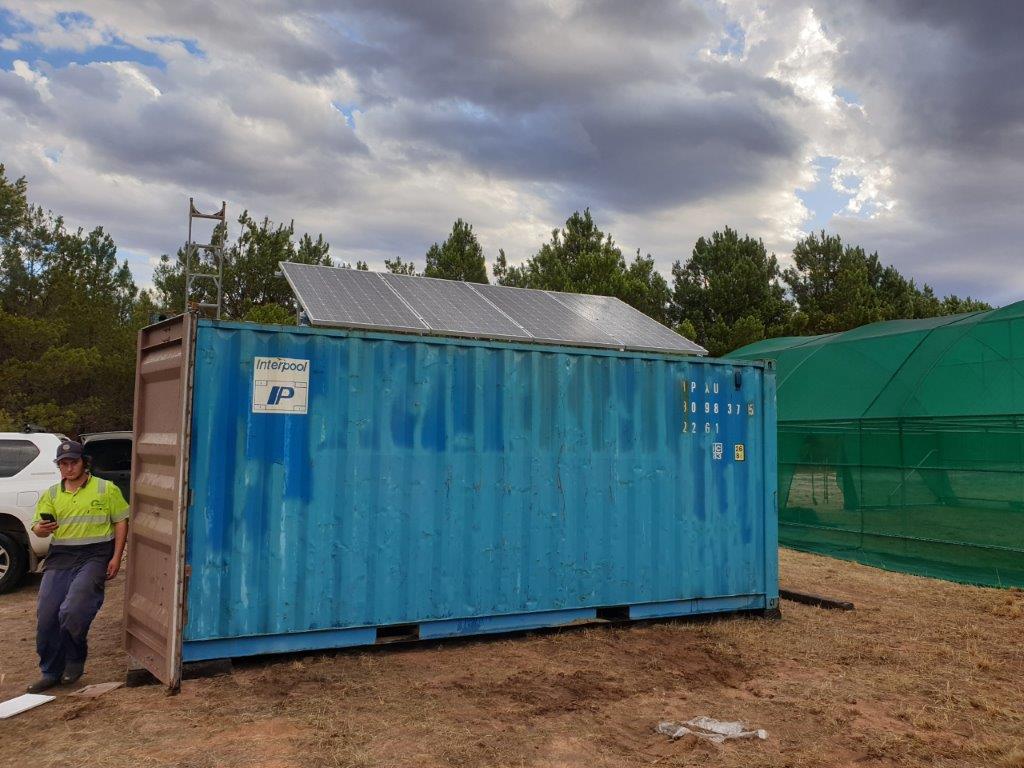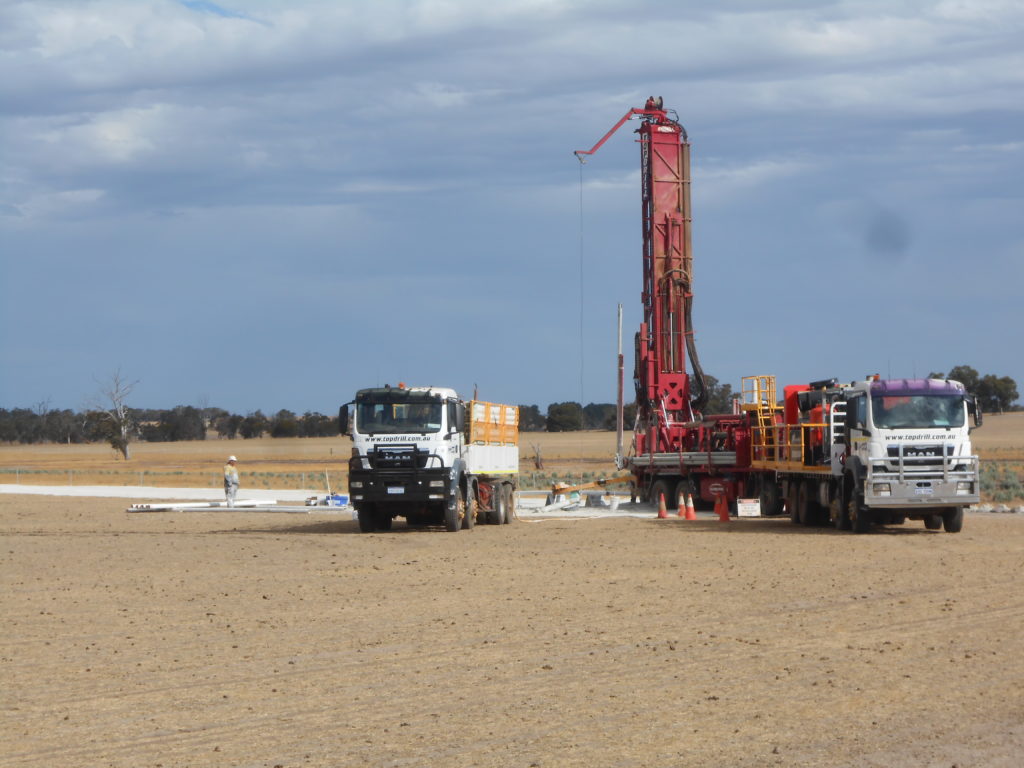The start of 2020 has seen some great leaps forward with our horticultural setup. The shadehouses were there, but needed two critical elements to make them work – power and water!
A few weeks ago the solar power system was installed and connected up. Everything about this project is aimed at creating a system that any farmer can replicate, therefore it has to be affordable and it has to be achievable with the skill set that a farmer has. Tony Merceica, our Project team member in charge of the horticultural operations, did a great job with this brief. The solar system was designed modular, so it could be wired and tested in Perth, then simply installed onsite in an afternoon – it now sits proudly in and on a second-hand sea-container, which will double as a sheltered room (and already a table and some chairs have found their way in!). Being off-grid (battery storage), it means that a farmer could set up with own system without being limited by grid-power access, and of course, renewable power is far better for the environment! The solar power will now run the pumps for the water in the shadehouse, fans (if needed) and the all-important tea room fridge.


You can’t grow plants without water, and this Project has completely blown the minds of drillers, diviners and others – who can’t believe that it’s the salty groundwater we’re after, not the fresh! The whole point of this exercise is to grow food using SALINE groundwater – the water that doesn’t have any other use, and quite frankly, causes a lot of problems. We’re hoping that by extracting saline water out of the ground to run the shadehouse production system, we’ll also have at least a local effect on the groundwater table, lowering it and thus recovering land from salinity.
But first, to find the water! After a very disappointing drilling run on Christmas Eve 2019, in which no water was found, we were thrilled when on the 4th February 2020 (the second attempt), we struck liquid gold! Two production bores have been sunk and cased now, approximately 400m from the shadehouses. Water has been taken for testing, and sites for two groundwater monitoring bores selected. Now to trench and lay the pipes and hook up the pump!


Leave A Comment